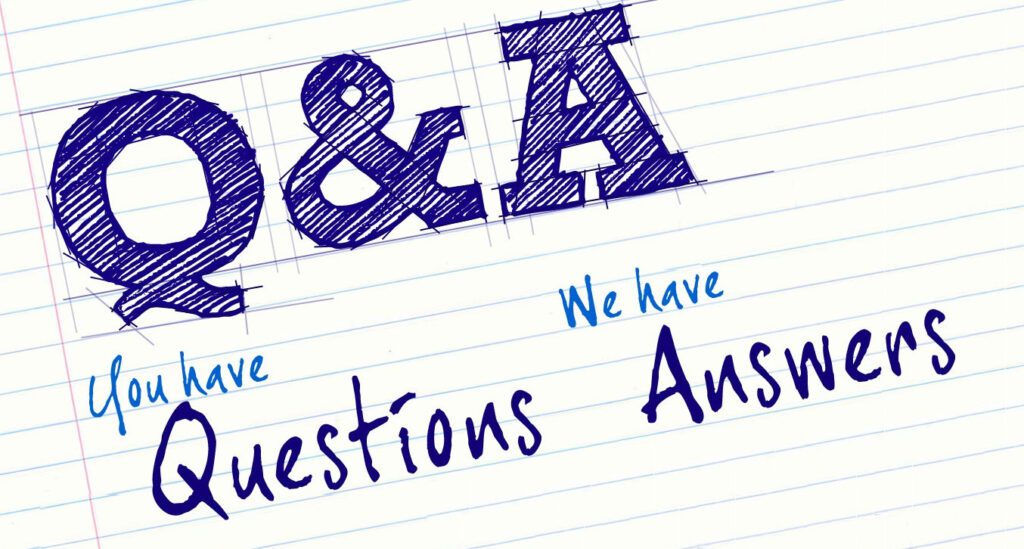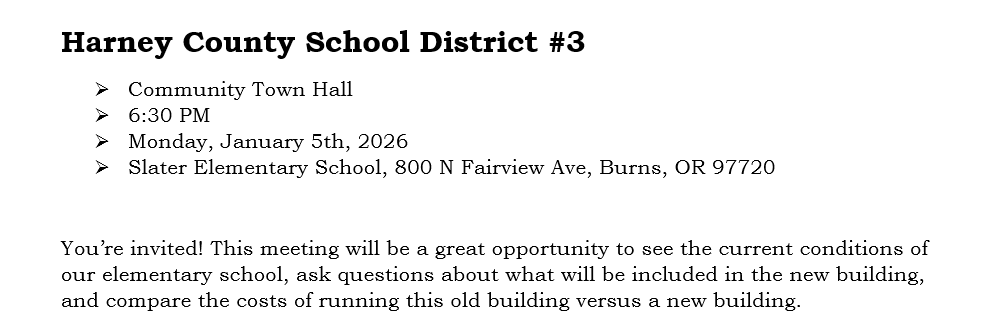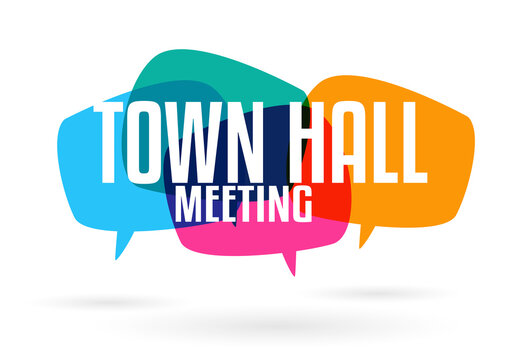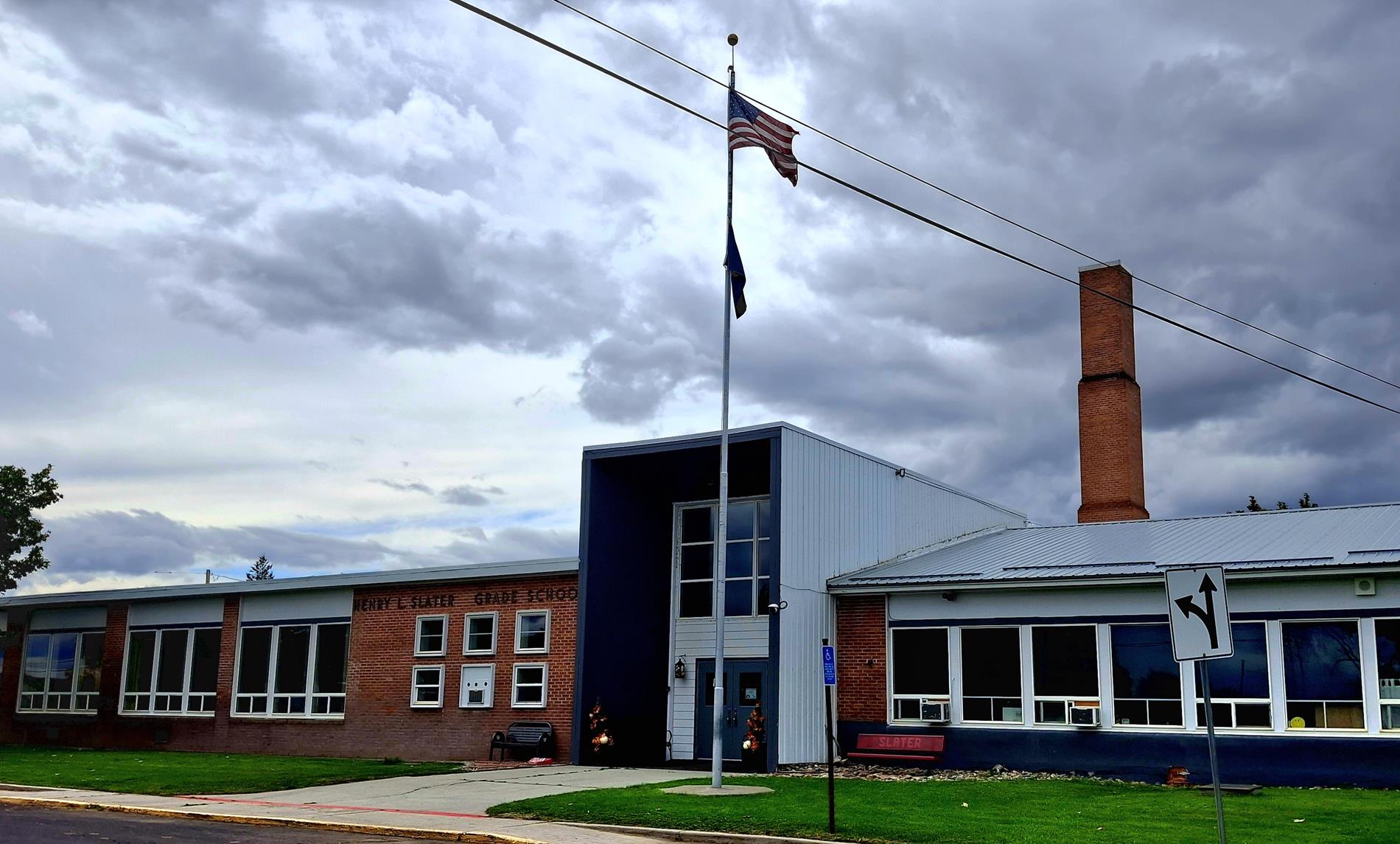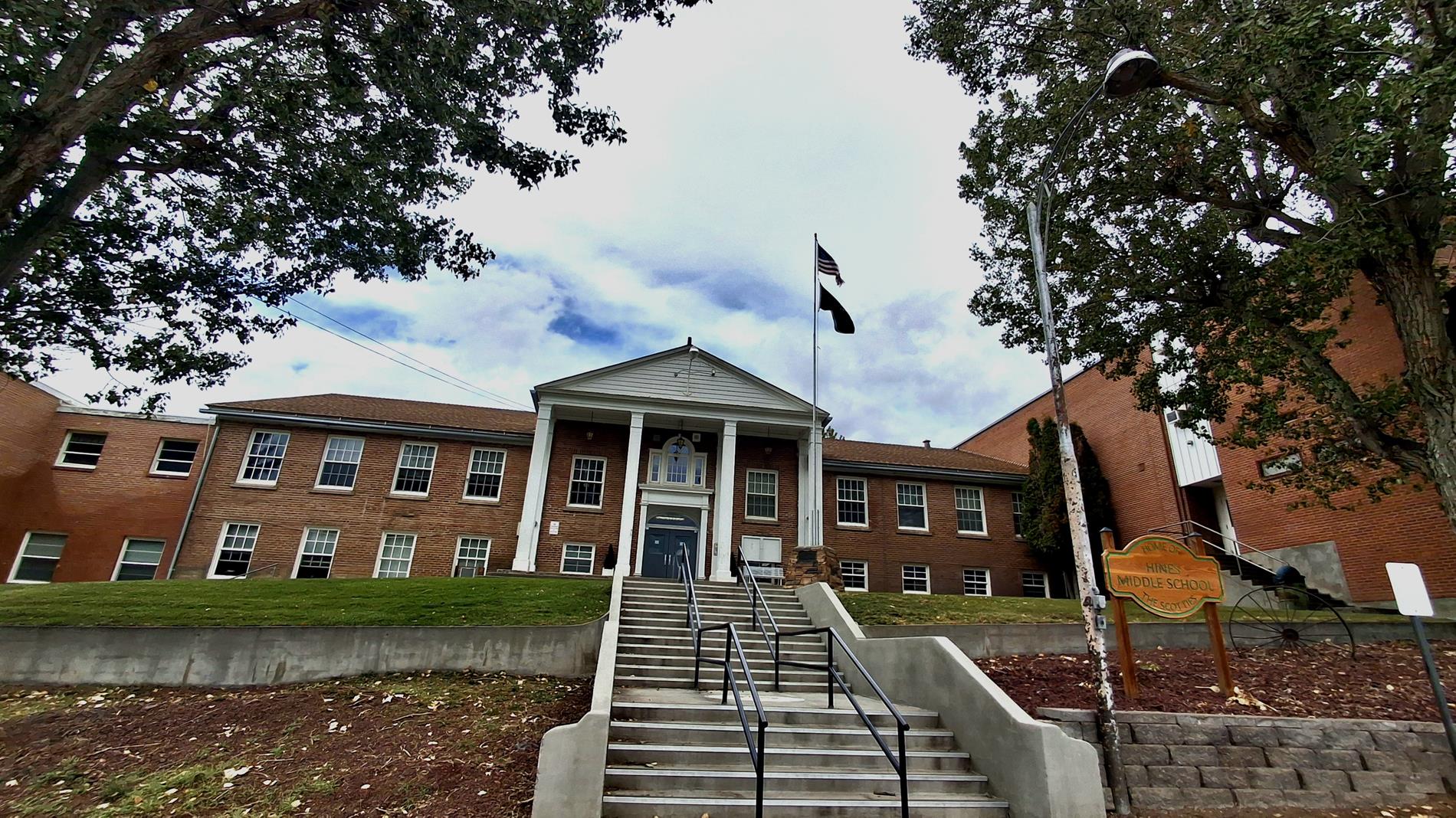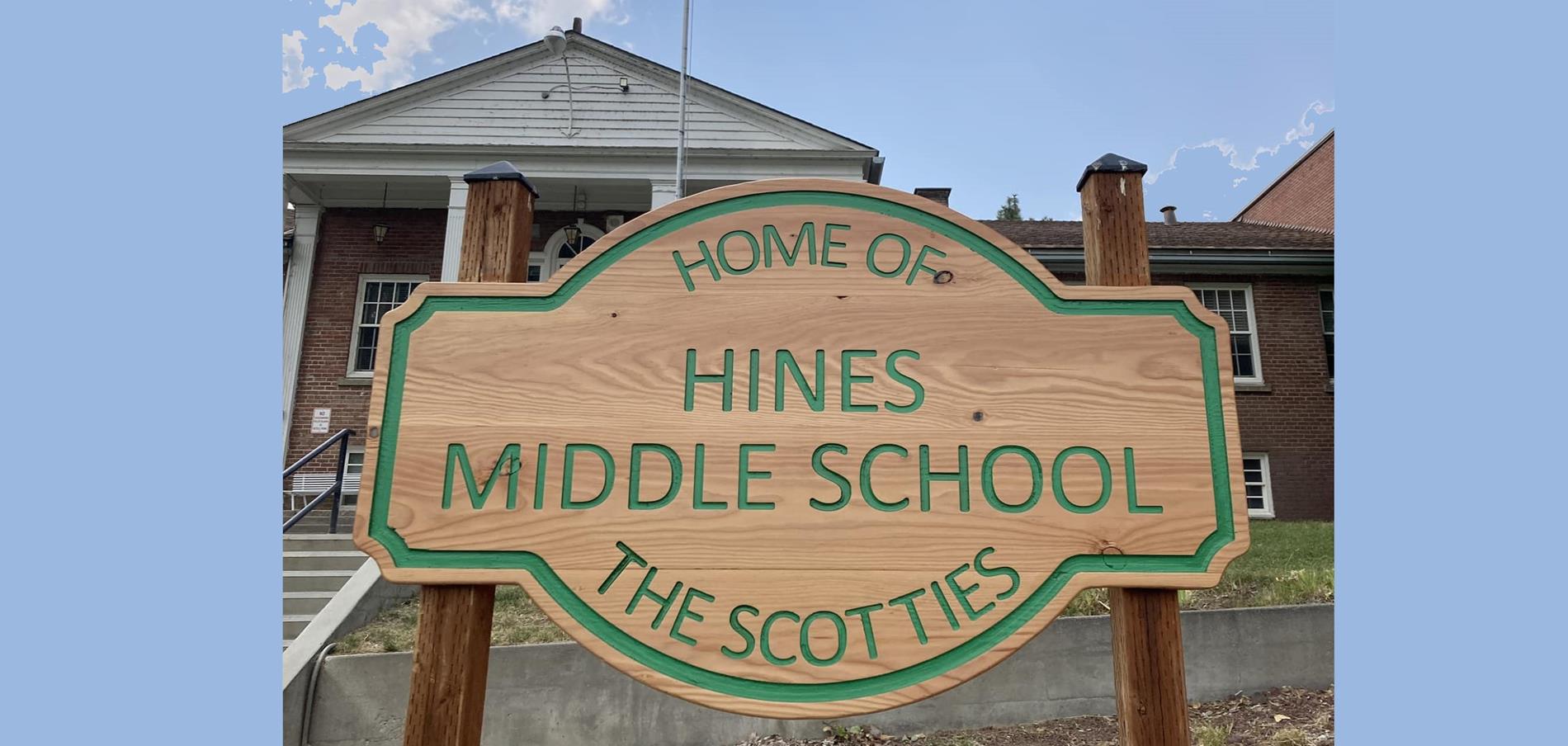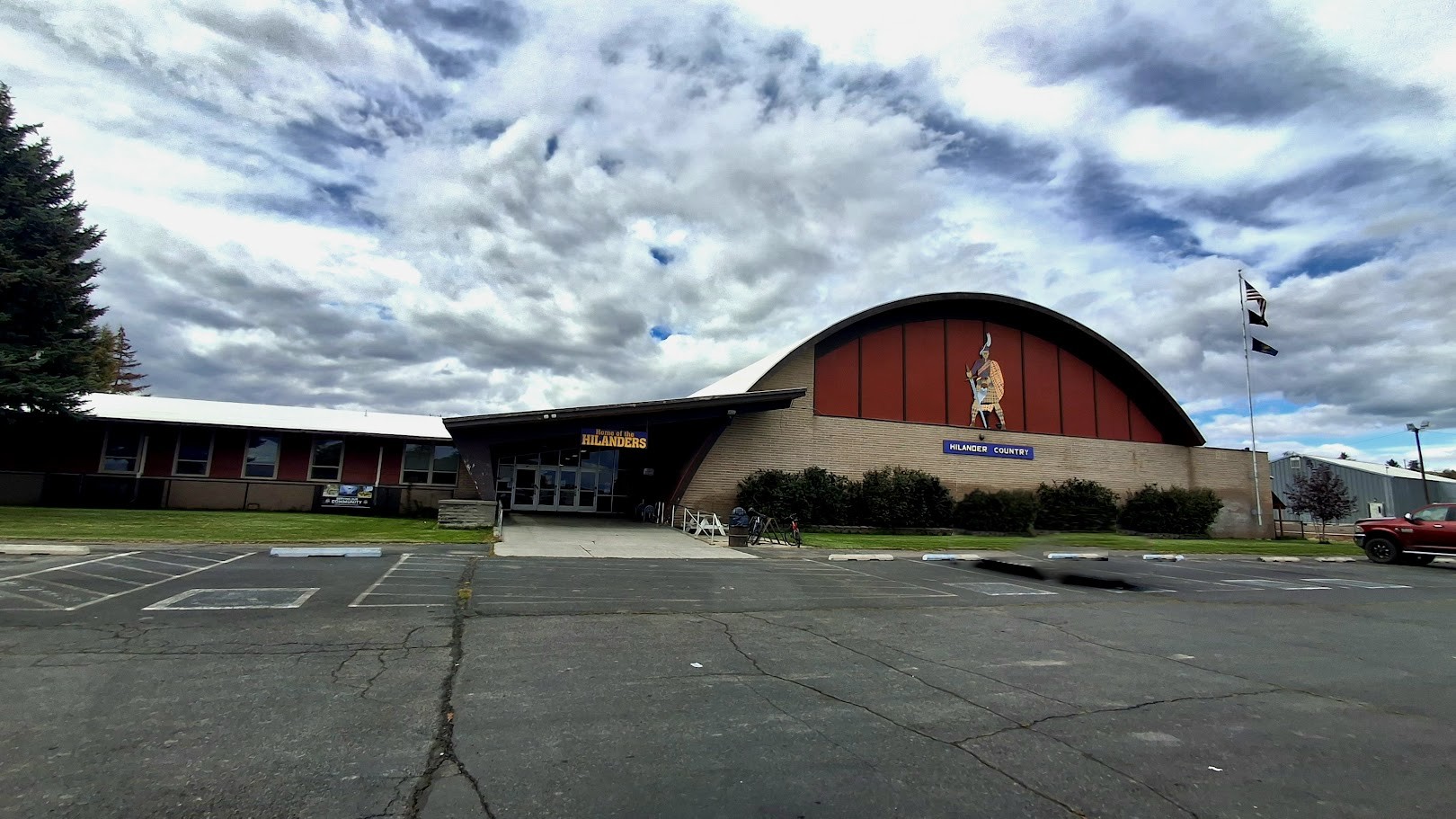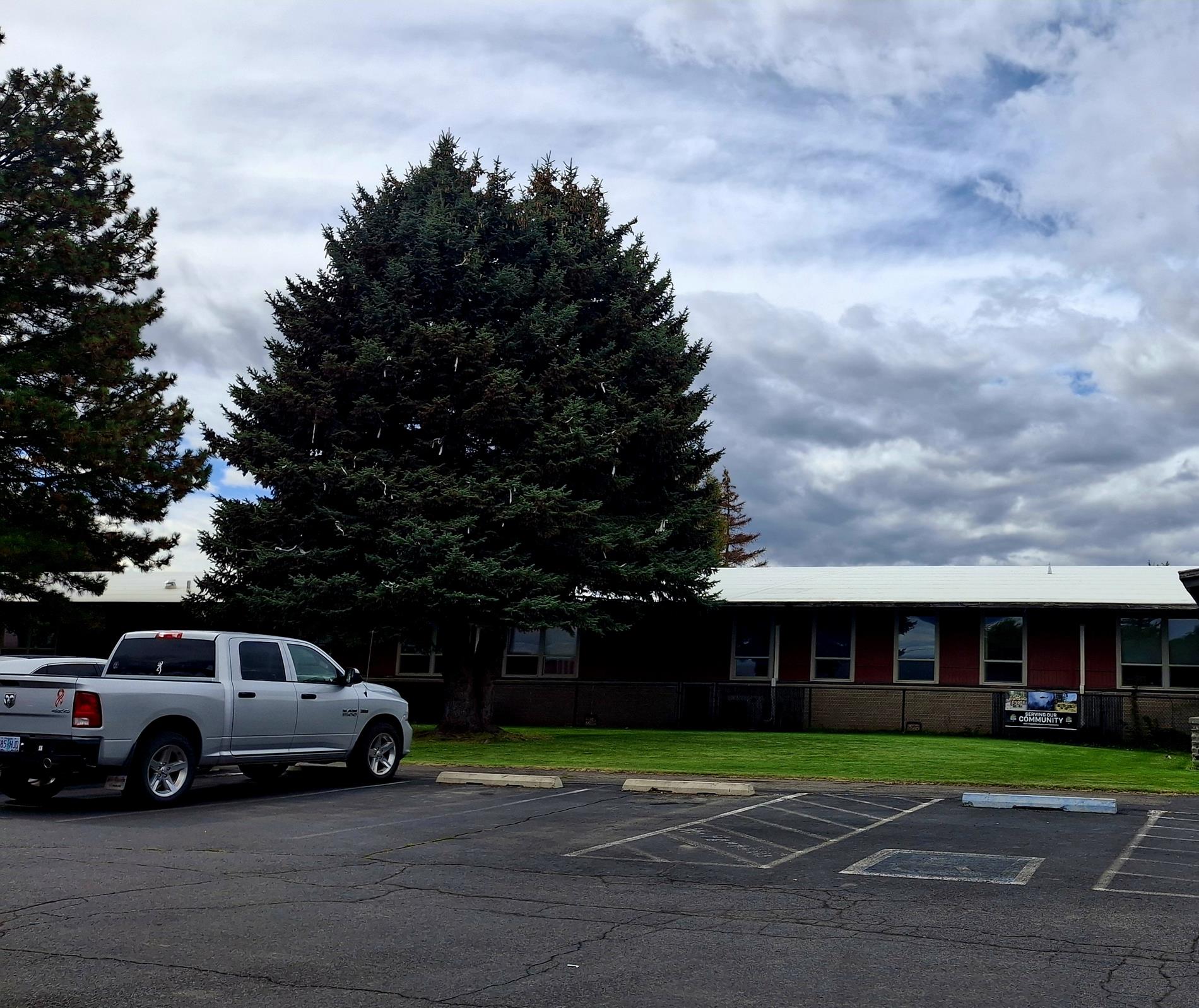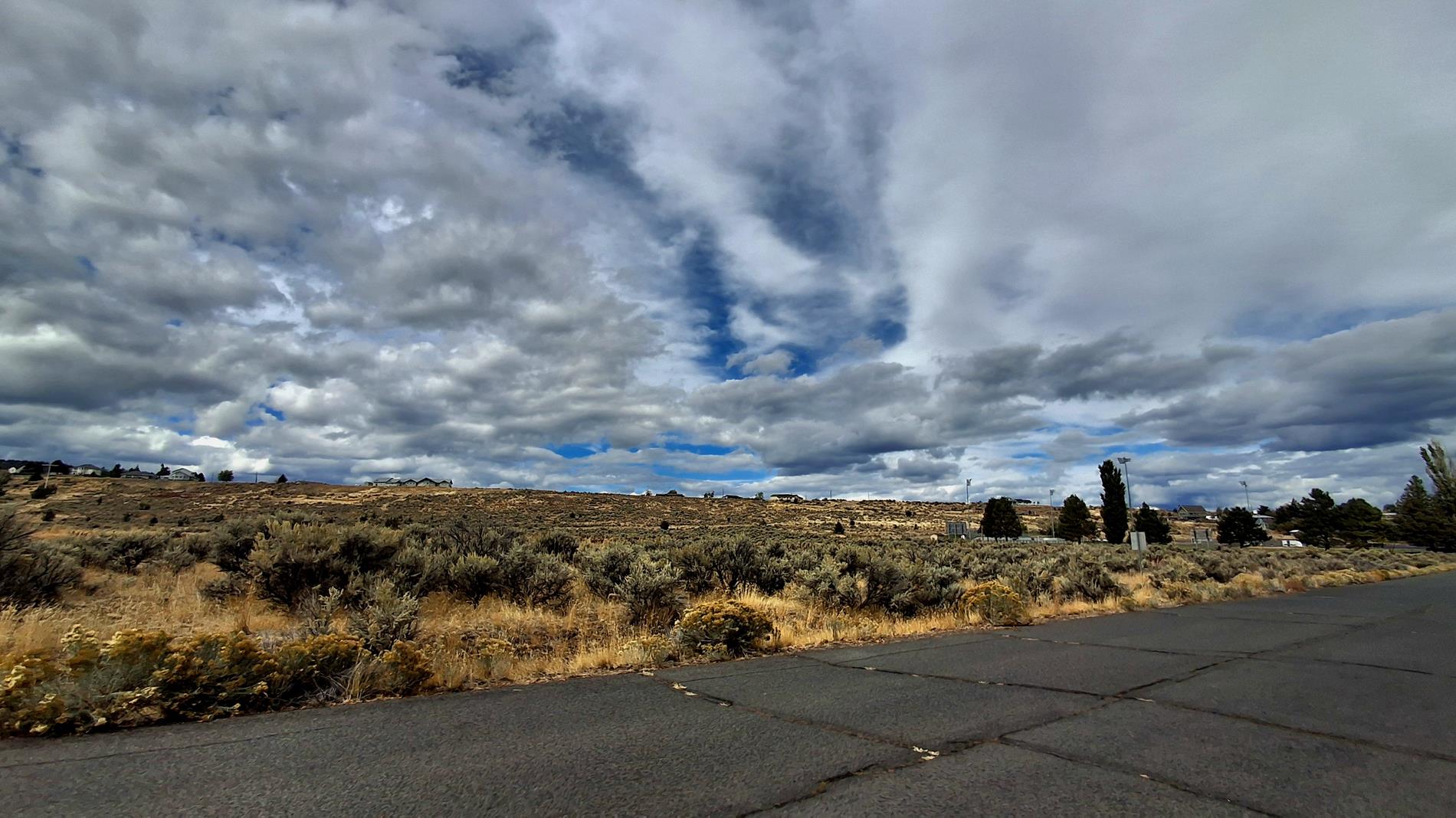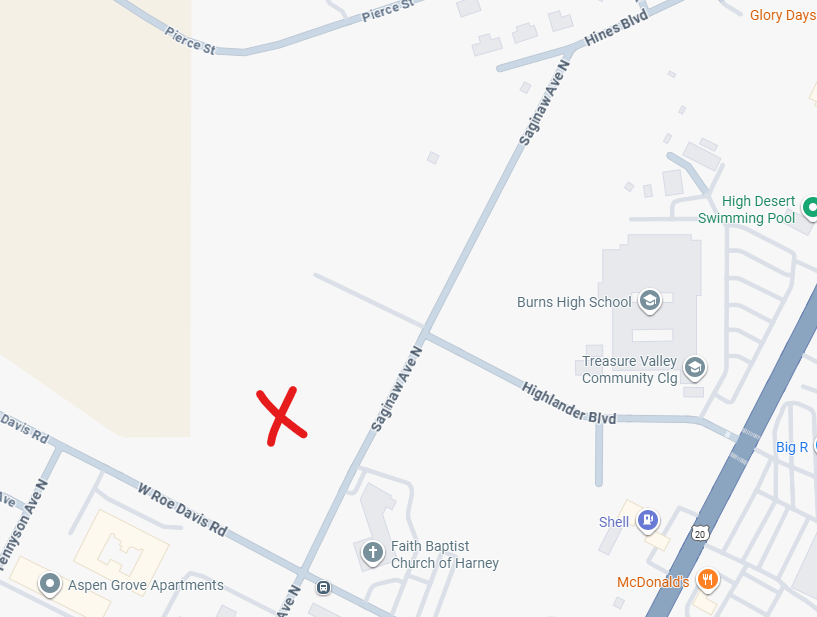
We are very excited to be in the discussion phase of going out for a new bond. We had our first informational meeting, and we have a 2nd informational meeting coming up Monday the 6th at 6:30. We want to hear from you, please open the form to share your questions and concerns with the school board. Let's look to the future!
Our schools are very old and need big repairs. To keep our kids safe and learning well, we must bring them up to today’s standards. Fixing the schools piece by piece would cost almost as much as building new, but would not give us the strong, lasting schools our children need. There is a current bond, ending in 2026. This bond is an investment in our kids, our town, and our future. Good schools help our children, support families, and keep our community strong.
Any questions, contact the Superintendent or school board.

K-12 School Bonds: Things to Consider Before Voting
Every election brings a chance of finding a K-12 school bond proposal on your ballot. These bond proposals are a main source of funding for many K-12 school capital projects (aside from private donations and grants). To help make an informed decision before casting your vote, we quote Granger Project Director and K-12 Market Segment Leader Jeff Tuley offers the following advice:
1) UNDERSTAND THE NEEDS.
Everything has a life expectancy, and right now, our public schools are operating well beyond the life expectancy for systems. You have 75-90 year-old buildings that were built to last 50 years, and the facilities and maintenance staff at these schools have already done everything they can to keep things from falling apart. Eventually, duct tape and tenacity stop working and you need to invest in facility upgrades.
Unfortunately, schools themselves do not have the money. Oregon public schools are funded by taxpayers on a per-student basis depending on the school district’s size and other factors. Overall that funding has decreased in past years, leaving schools operating on slim margins.
When a boiler breaks or the roof leaks, administrators must make difficult budget decisions or attempt to gain community support for a bond. If that bond fails, dollars must be diverted away from students.
2) UNDERSTAND THE BIGGER IMPACT:
Could residents without school age children benefit from voting to support K-12 school bond issues? Yes. Even community members without K-12 school affiliation can benefit from new and upgraded facilities:
Better schools increase property values.
Businesses are more likely to invest in communities with strong schools.
Communities can use school facilities for public events and programs unrelated to daily K-12 education (ex. Community Theater, arts programming, senior classes and group fitness activities).
Communities are ultimately responsible for funding their public schools and it is up to community members to decide what they want that investment to be.
3) GET INVOLVED AND STAY INVOLVED.
What if a bond proposal does not include things you find important? Voters may wish to consider caution before withholding their vote in these instances.
It costs money to conduct assessments and get a bond issue on a ballot, and it takes time for the leadership of the school district to meet and develop a plan. There are definitely financial and time considerations with bond proposals.
People vote no on bond issues for various reasons. Maybe it's a lack of confidence in leadership. Maybe there is a concern regarding curriculum. Maybe they are business owners with property that would be taxed at a higher level. Maybe the bond does not cover all specific issues of interest to the voter.
The challenge if someone just votes no, is that they are not passing along their reason why. Instead, if they proactively participated in bond meetings and open forums, sharing their thoughts and concerns earlier in the process, those issues can be dealt with as part of the bond. But if community members do not participate in these planning discussions, you never know.
The best advice I can give is for voters to do their own due diligence, decide what is important to them, then be active. Have a voice, and be engaged in the planning process.

